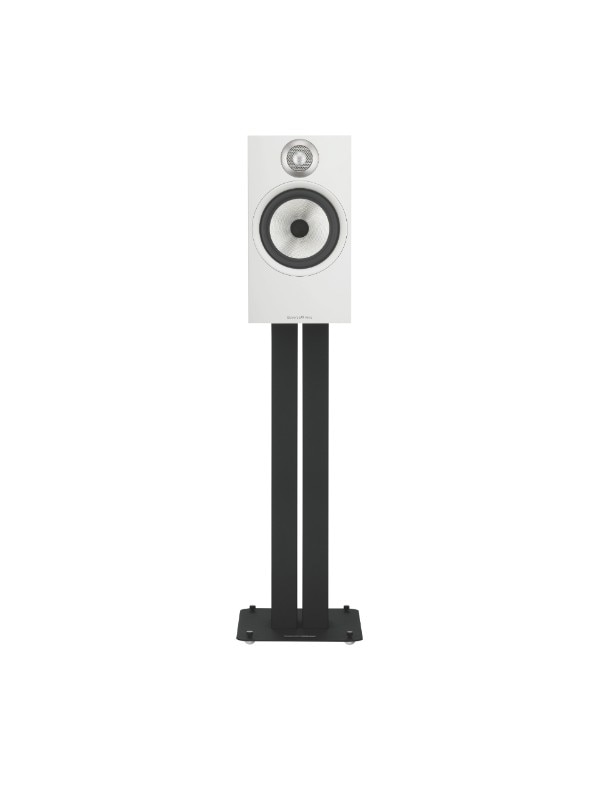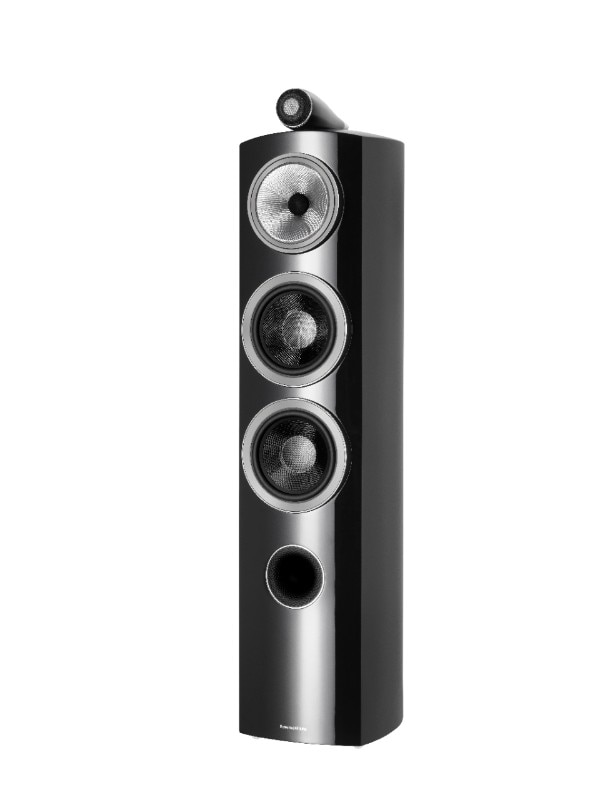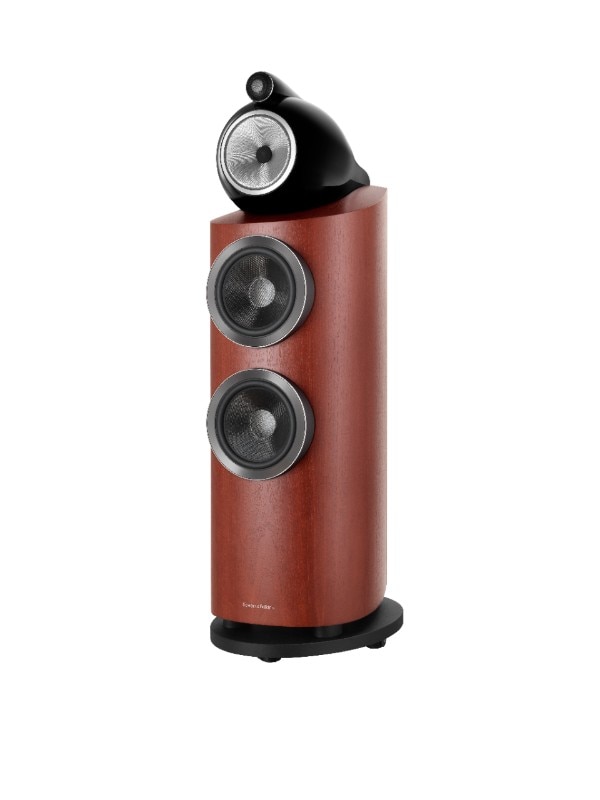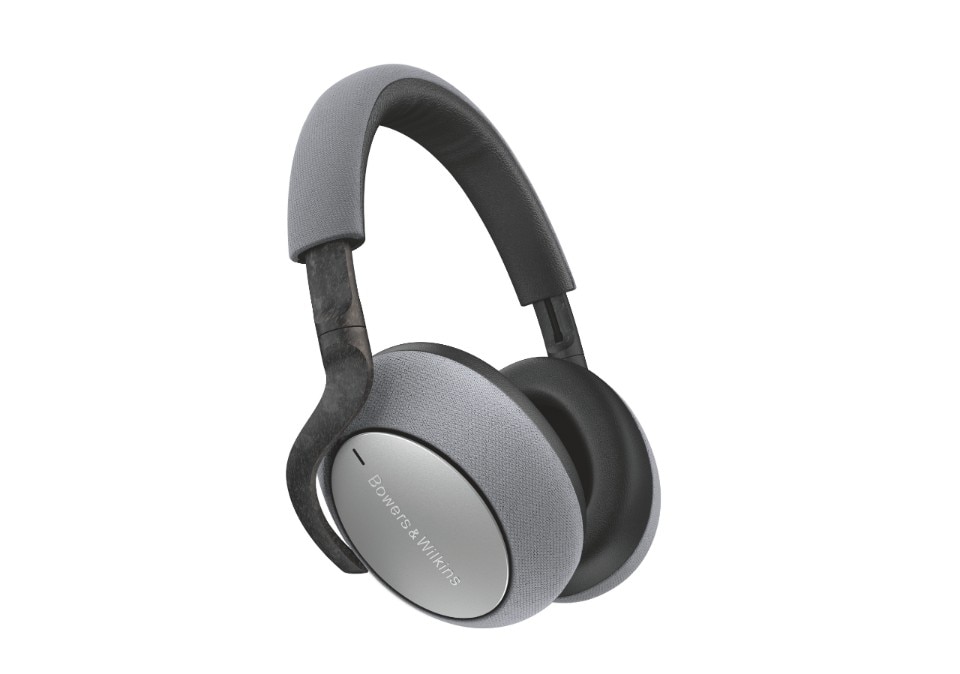Bowers & Wilkins started out as an electronics shop in a small town overlooking the English Channel, not far from Brighton, right after the second world war. The business soon took off. The first televisions came, and so did the orders from schools and churches in Sussex which needed new stereo systems. John Bowers assembled his first loudspeakers. At first, he did it in the workshop behind the shop, but finally he set up his own company, the B&W Loudspeakers Ltd, and left the shop. Here, they created the historic P1 and P2 loudspeakers, worked on home sound systems, created their first TV advertisements, and found their first international distributors. Then came the acquisitions. Bowers invested almost all the money in research and development. This was the beginning of one of the most incredible audio equipment companies of all time. And it still is, even though the founder died in 1987. His heritage survived in the Nautilus, which was launched
in 1993 and soon became the most famous loudspeaker of the company. With its marine and unusual shapes, it is at the same time the fulfillment of an aesthetically unique journey - over the years, many great British industrial designers such as Kenneth Grange and Morten Villiers Warren have worked for B&W -, an apotheosis of sound engineering, and the beginning of a new era that approaches the "go digital" style of the music of the new millennium, which started with the revolution of Apple's iPod, and continues today with Spotify and our constant streaming of music.
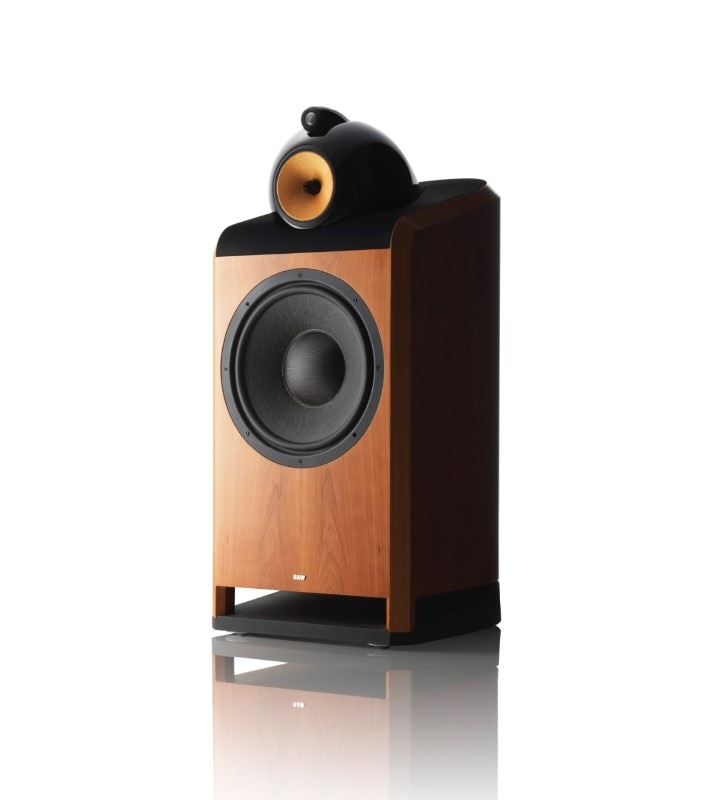
Today, browsing through B&W's catalogue feels like diving in a sophisticated marine world of speakers with fluid, unexpected shapes, complex polyhedrons and parametric architectures for the living room that on the one hand are the exact opposite of everything we've ever known about loudspeakers - "loudspeakers" shaped like boxes, always square, basic geometries, in a paradoxical contrast to the invisible and naturally harmonic nature of sound -, but on the other hand seem almost an anticipation of everything we have experienced with the explosion of personal music players in the last decade: the organic shapes and materials, the smooth and rounded headphones, the AirPods. Acquired in 2016 by EVA Automation, the startup owned by former Facebook CFO Gideon Yu, today B&W's official headquarters is in Menlo Park, California. A sign of the times, in a world where high-quality audio is the perfect fusion of the right hardware and software. Classic loudspeakers, products dedicated to streaming (Formation line) and headphones require their shapes to be attentively studied and designed, and a global engineering optimization in order to perfect the quality of the sound and integrate the latest high-end technologies. We talked about it with Mattia Cobianchi, Senior Transducer Engineer, and Giancarlo Valletta, Marketing and Communication Director of Audiogamma, the company that distributes B&W in Italy..
How important is software in the field of sound design, today?
MC: There are two different types of software: the ones that merely manages the sound functions of the device, and the one that implements the user interface. The availability of increasingly powerful chips made it possible to come up with more advanced features that allow to adapt the speaker to the new conditions of use, such as the recognition of the characteristics of the listening environment or the automatic compensation of certain effects of signal degradation in the environment (Digital Room Correction), the real-time monitoring of sound reproduction parameters and override protection...
Then, there are those that focus more on the evolution of the user experience, am I right?
The spread of streaming services and the prevalence of liquid music in modern use, also through smartphones and tablets, has made the user's expectations very different from those of the audiophiles who used a CD player 20 years ago. The integration of the user interface with voice assistants, Wi-Fi connections or multi-room features has by now become the norm.
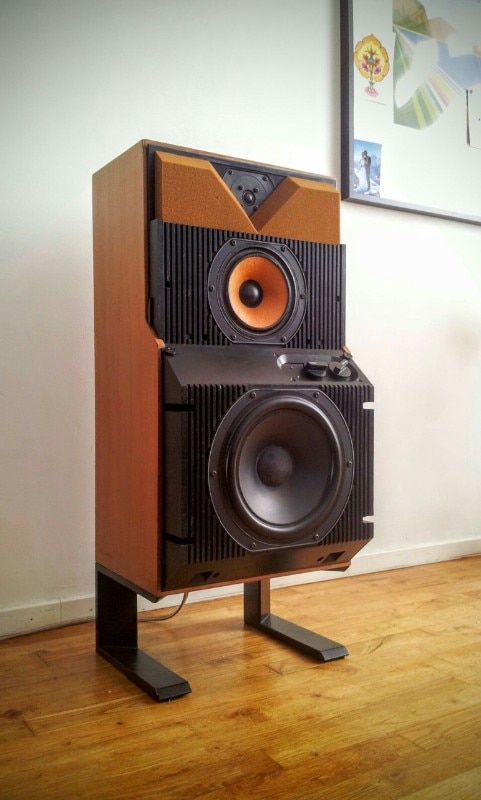
What’s your recipe for mixing tradition and innovation?
GV: Tradition is still deeply rooted in our company. After all, you can't invent certain things. On the contrary, a recent capital injection has allowed us to open of a new research and development center – that’s where our Formation products were designed. This line is precisely the fusion between tradition and innovation, since they are acoustically perfect products with a wireless section and a high-quality digital signal processor.
What about the future?
MC: You can expect an ever-increasing merging of various modes of fruition. It's possible that many intermediate devices such as physical media players, D2As and power amplifiers will gradually disappear to make way for "smart" loudspeakers that have all these functions within them. You’ll just need an app on your smartphone to connect with them and start streaming music.
Spaceships and sea creatures, many of your speakers have startling shapes.
GV: The shapes of the Nautilus model were inspired by nature, and in particular from a shell. We base even today's new speakers on the very same study we did over 20 years ago, even if we've simplified it a little bit. We must always consider that our products are destined to be used inside homes. The Nautilus, for example, had to be more than two meters deep, according to its designer. The new series, and in particular the 800D3, represent a decisive step forward in all-round performance, but with manageable dimensions. Formation, the newly released wireless line, hides many advanced technical innovations, including the Nautilus tweeters and the Continuum mid-woofers, made with nature-inspired materials and shapes.
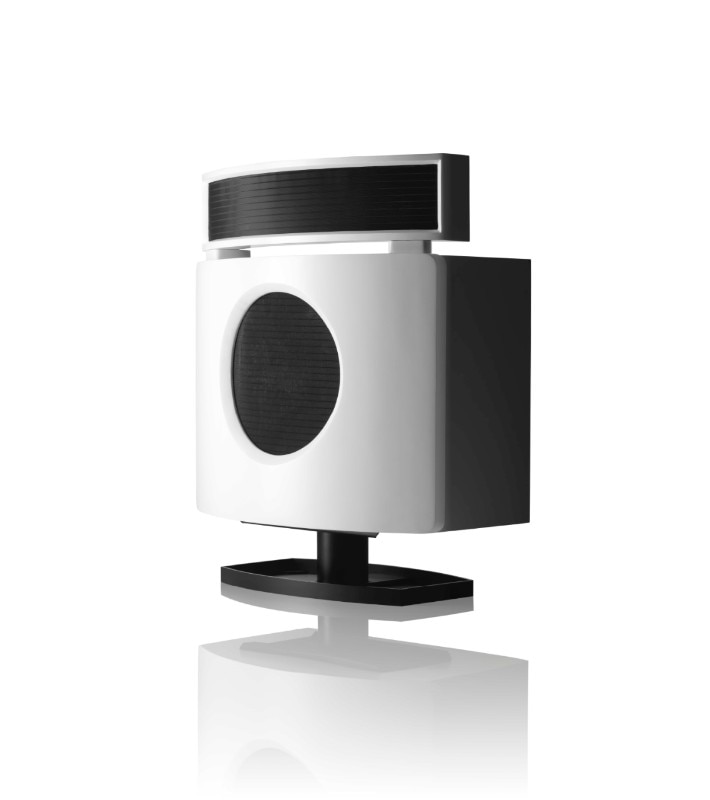
What are the two products that most represent today's B&W?
MC: Wedge and Formation Duo are the products that have satisfied me the most, as the project goals have been fully achieved, and customers and the press have enthusiastically welcomed these products. In the case of Wedge, we took inspiration from our own Zeppelin Wireless, which has been in the catalogue for many years. The challenge was to surpass the sound quality of the Zeppelin while using a smaller cabinet, which required additional efforts especially when designing the speakers and working on thermal management.
In the case of the Formation Duo, the goal was to compete with a pair of passive speakers in combination with a good amplifier and an external digital to analogue converter for the same cost. But the industrial design based on two wood fibre-based material shells, a seal cabinet and the goal of obtaining a tighter sound at lower frequencies required a very original approach when designing the loudspeaker.
How do you go from the initial idea to the finished product?
MC: Product development typically goes through three phases: industrial design, technical feasibility and choice of technologies to be incorporated, and engineering. The directors of the various teams take part in the different phases, and all of them are involved until the end, as some unforeseen problems may always arise and require re-evaluation.
The shapes of the Nautilus model were inspired by nature, and in particular from a shell. We base even today's new speakers on the very same study we did over 20 years ago, even if we've simplified it a little bit.
So, to make a long story short: how would you define B&W's approach to design?
GV: To us, design is functional to its technical aspects. The engineers always have the last word. Luckily, beautiful shapes "almost" always go hand in hand with the acoustic requirements.
What do you think about the Airpods-style wireless earphones trend?
MC: Generally, I'm in favor of any technology that makes it easier to enjoy music in unusual conditions. But I am worried about the fact that many people migh be using hearing-damaging listening levels in order to cope with poor soundproofing. I am also worried about the effects of using personal devices in public places, both from apersonal safety point of view and because of the social impact of creating more and more personal soundscapes that isolate us from human interactions with our fellow human beings living and using the same public spaces.

And what about the portable speakers that many kids take with them on the subway in big cities?
MC: What I said earlier also applies to this question, but I am also sensing a comeback to the ‘80s boomboxes, and therefore a willingness to share music and experiences instead of isolating oursevles. One of the most important things thatmusic does, is allow people to create their own "territory". Portable speakers can make it easier for younger people to feel at ease and to own spaces that they can conquer to the sound of music.


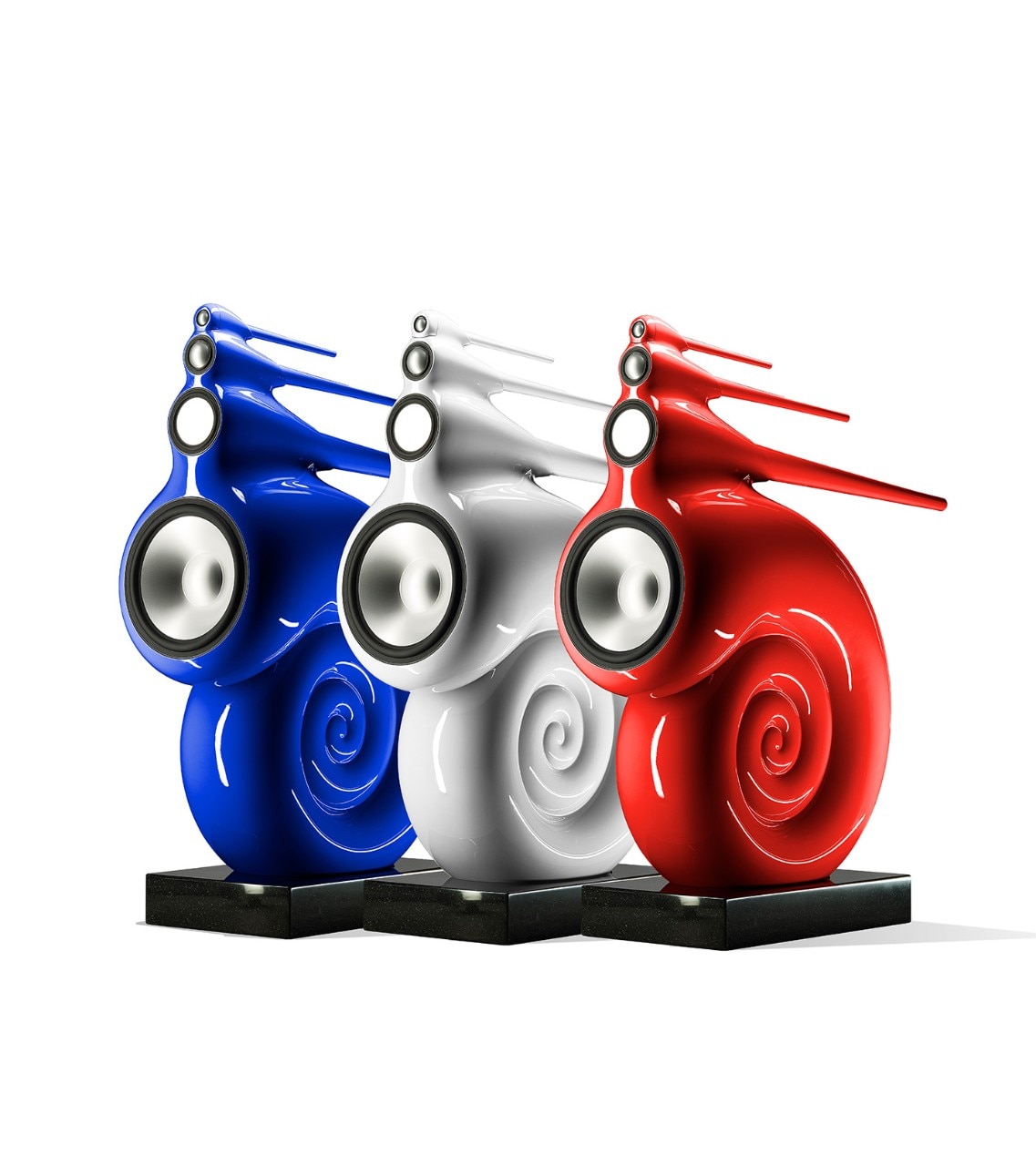

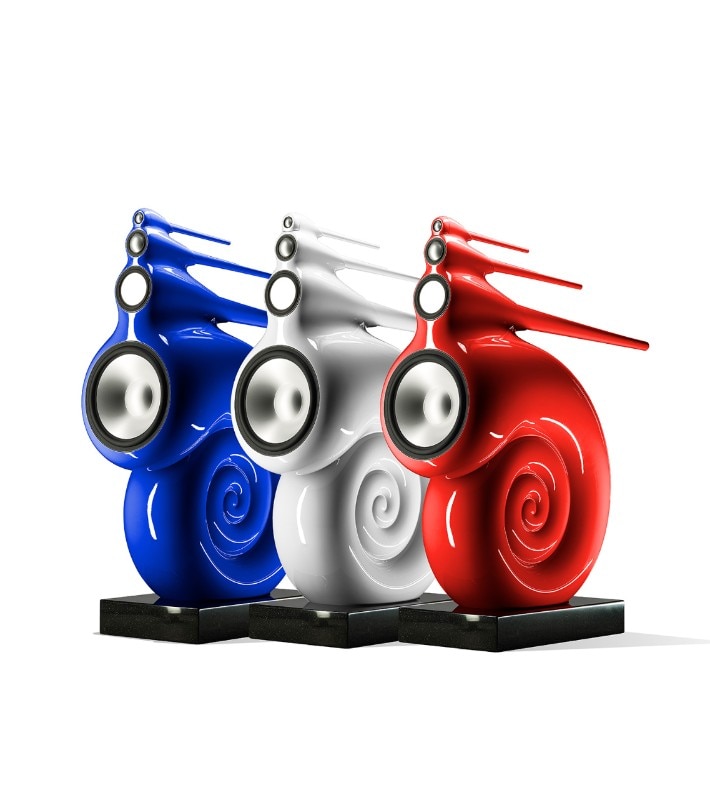
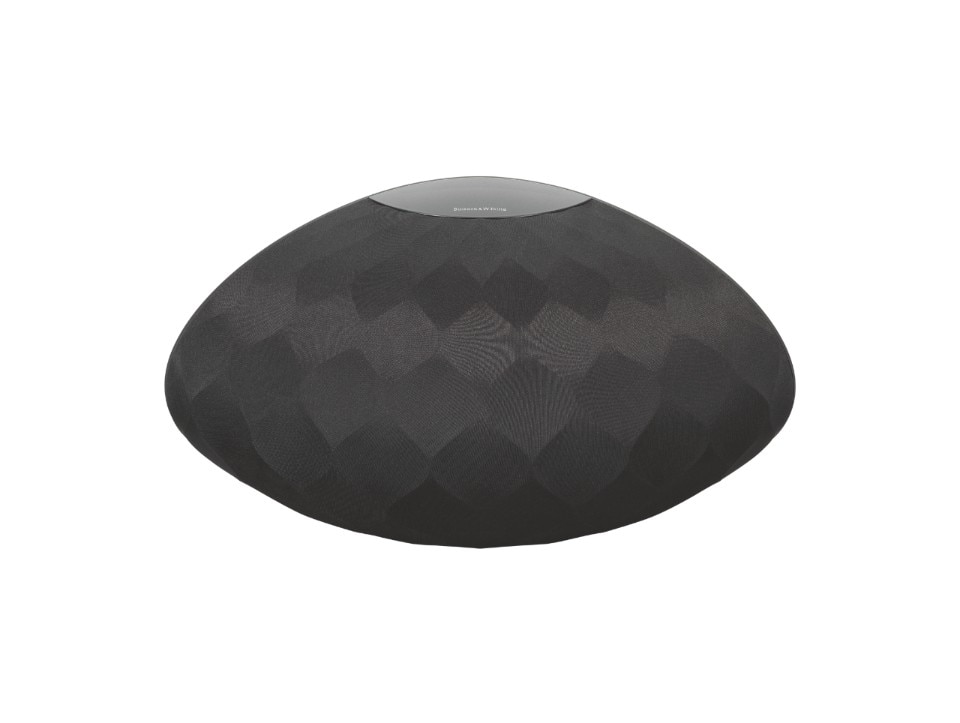
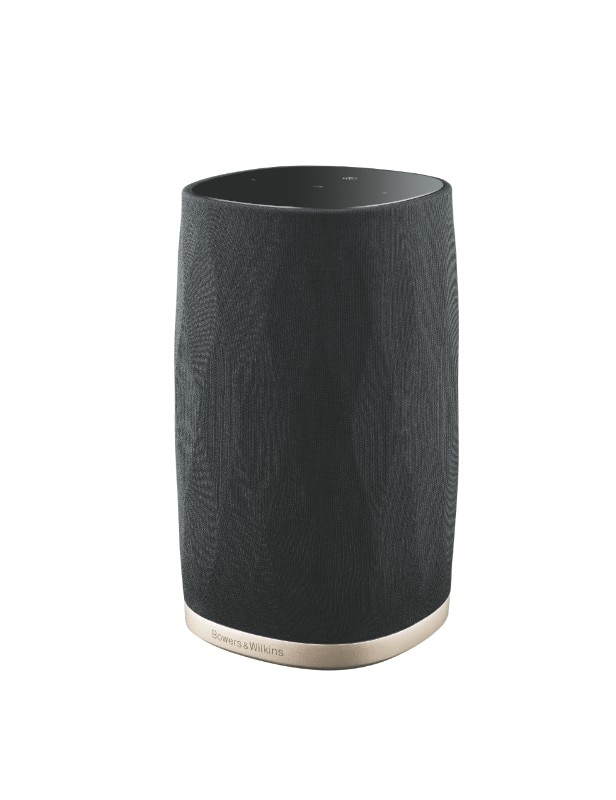
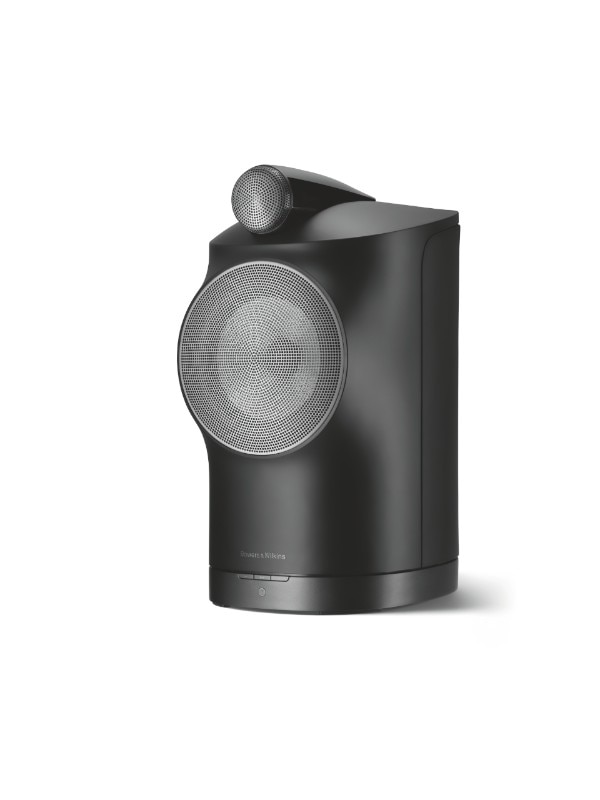
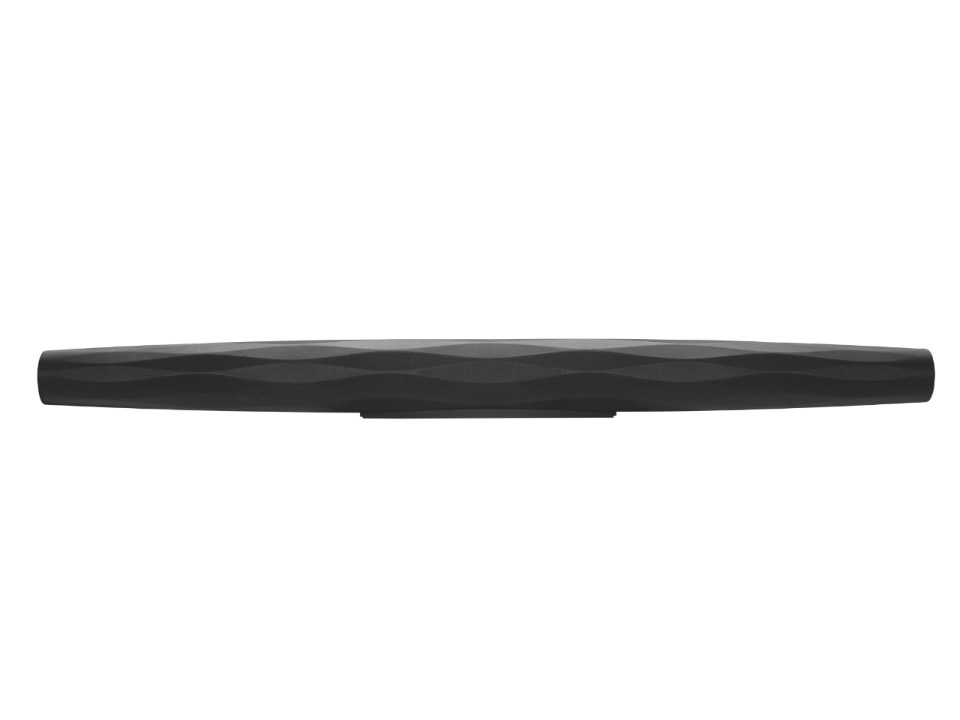
.jpg.foto.rmedium.png)
